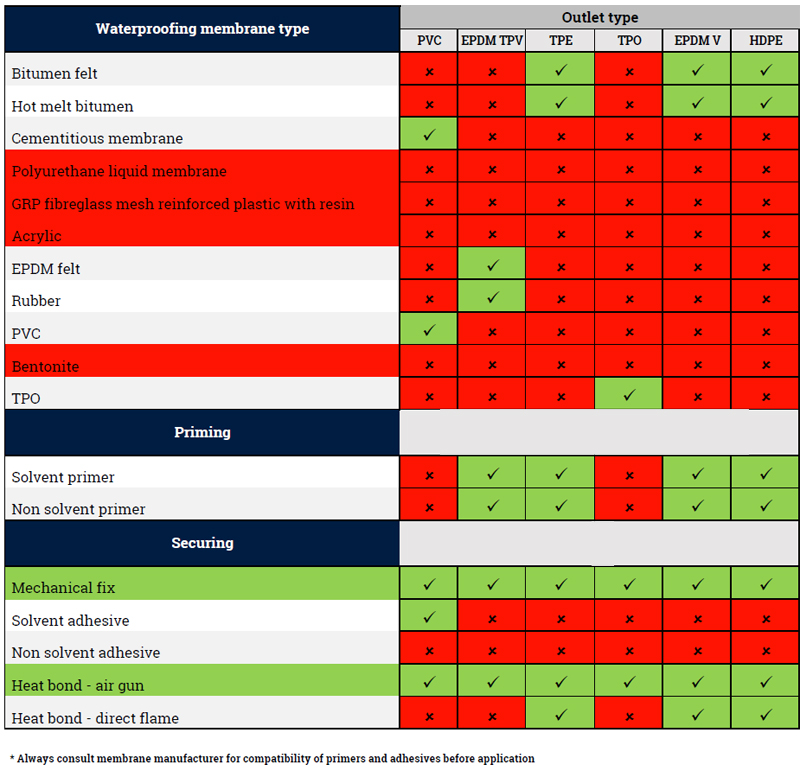THE GREEN ROOF Organisation (GRO) has published its Green Roof Fire Performance Best Practice Guidance, setting a new benchmark for fire safety compliance across the industry.

Developed in collaboration with members of the BSI fire committee and in consultation with the Building Safety Regulator, GRO says the new best practice document is designed to remove confusion and clarify exactly what’s required to meet the fire safety requirements of Building Regulations across the UK.
It builds on and updates the 2013 DCLG ‘Fire Performance of Green Roofs and Walls’ publication, offering “updated, clearer and more practical guidance” for green roof specification, design and installation.
Fire Safety Guidance for Green Roofs
Highlights from the new guide include:
- Clarification on the use and dimensions of gravel margins as fire, wind and vegetation breaks
- Guidance for BROOF(t4) compliance without testing (e.g. 80mm growing medium with <50% organic matter)
- Clarification of the guidance within DCLG ‘Fire Performance of Green Roofs and Walls’
GRO also says it is now progressing plans for a dedicated Fire Compliance Assessment Programme to give its members and the wider industry greater clarity on achieving fire-compliant green roofs.
Keith Hills, Founder of Eco Green Group, welcomed the new guide: “The updated guidance rightly emphasises the importance of selecting the correct systems, maintaining fire breaks, and establishing a clear process before, during, and after installation.
“As an industry, we all have a duty of care to ensure fire safety and compliance are achieved through our systems and practices.
“Clear, practical guidance such as this will help reduce risk and build greater confidence in green roof systems, supporting their wider adoption across both public and private sectors.
“Fire safety measures are not just regulatory requirements; they are essential to the long-term viability and acceptance of green roofs as a mainstream building solution.
“I welcome this guidance and encourage all stakeholders to use it as a benchmark in their project planning and execution.”
To read the full article, please click here.













